Jamie Hyneman Gives Us a Tour of His “Don’t Touch!” Toolkit
Gareth's Tips, Tools, and Shop Tales - Issue #43
The next subject I’d like to talk with you about is the clothes, tool belts, shoulder bags, and other things that you like to wear while making. Years ago, on Make:, I ran a series called “Maker Sartorial.” I asked people to tell me about the work boots and pants they loved, the tool belts they used, the shoulder and technical bags they carried. It’d love to hear some of this from you, dear readers.
Jamie Hyneman Gives Us a Tour of His “Don’t Touch!” Toolkit

Jamie show off his “Touch? Die!” toolbox.
Shop Organizing Technologies
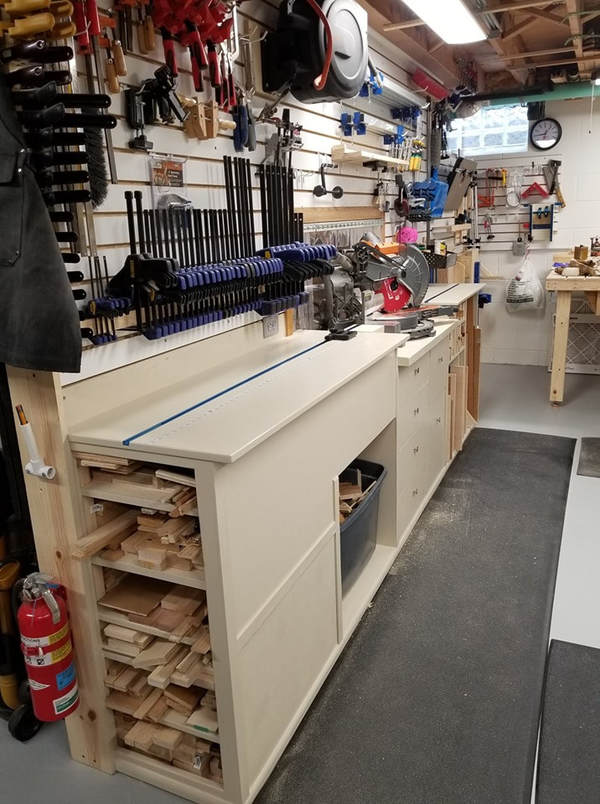
The right place for the right tool for the job.
In this article on Shop Hacks, they look at various shop tool organizations schemes: French cleats, pegboards, slot walls, etc. The short of it? They and their readers really love French cleats.
Reducing the Print Times of PPE Face Shield
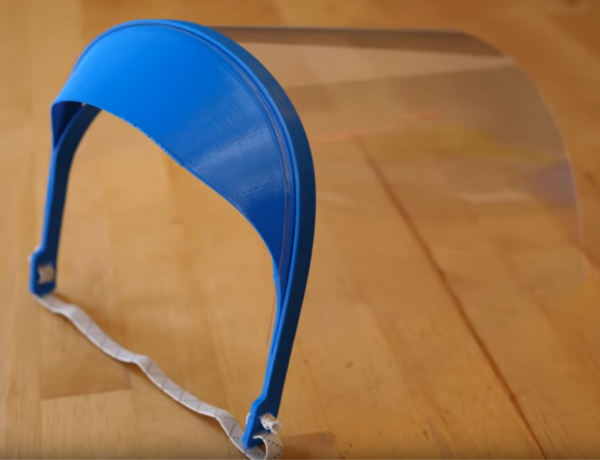
From 5 hours to 1 hour.
Lots of makers have been pressing their 3D printers into service for the COVID-19 war effort by volunteering to produce personal protection equipment (PPE) for frontline workers. What they are finding out is that it’s extremely labor-intensive to use a home 3D printer for mass production. In this CNC Kitchen video, Stefan shows some tricks that he applied to reduce the print time of a face shield from 5 to 1 hour. This involved things like increased layer height, no skirt, increasing extrusion width, and decreasing the infill ratio to zero. There is some degredation in quality, but for this application, that’s fine.
Mark Your Drivers
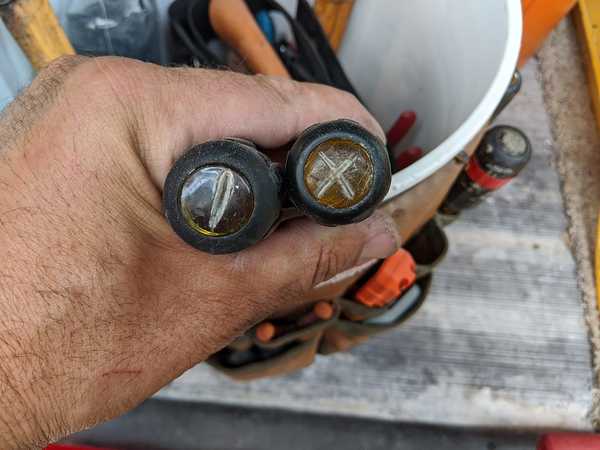
X marks the Phillips.
Joshua Cross posted this quick hack on the Shop Talk Facebook group: “Soldering iron and you can tell real quick which is which!” An interesting way to designate slotted and Phillips drivers. I’ve also seen people just designate colors for slotted, Phillips, and hex and paint those on the tops of the handles. BTW: In a future Shop Talk segment, I want to talk about ways that you mark your tools to ID them as yours. Send me your scheme (and ideally pics).
Toys!
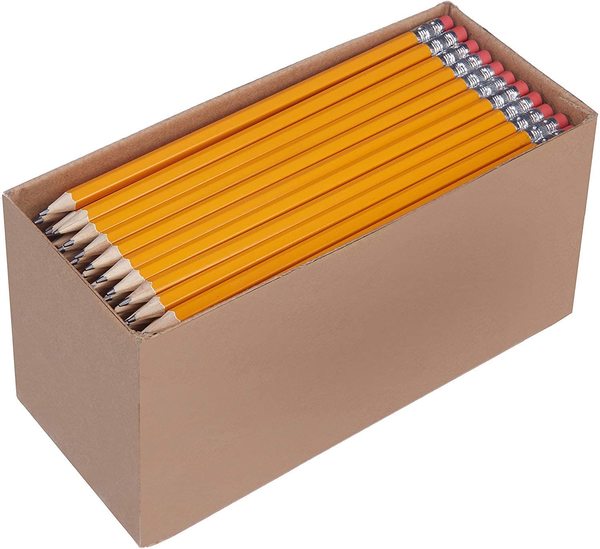
I get the point.
A discussion of Facebook about pencils in the shop got me thinking about this homeliest of tools. I’ve always been a fan of mechanical pencils (the ones I’ve used for decades), but then, I mainly use pencils for drawing and project planning and long-nosed markers for marking. One person recommended buying a box of these already-sharpened #2 HB pencils and keeping them all over the shop.
Life Hack
Here’s a great tip I learned from my long-time friend and collaborator, Mark Frauenfelder. If you want to get the attention of a company that has wronged you in some way, publicly complain on social media and tag them in the post. It works amazingly well as they know that such an open and vocal complaint is really bad for their reputation. Mark recently had a run-in with United after they cancelled his flight due to COVID-19 and then said they couldn’t refund his money. He complained on Twitter. They responded on Twitter. Eventually, they refunded his money.
Shop Talk
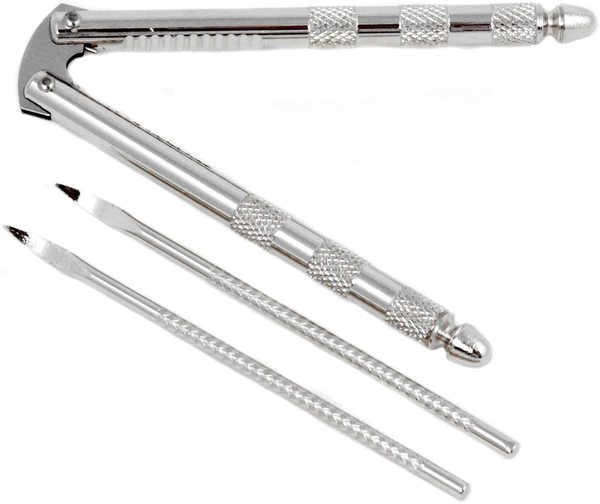
Every kitchen drawer probably has a set of these.
Reader Melissa writes in to remind us of this homeliest of homely tools:
“The nut pick. The kind that comes with a crappy grocery store nut cracker set. The set usually comes with a couple picks. I started using them to fix standard Christmas tree lights – those bulbs can be so hard to get out, but the pick makes it easy to lever out the bulb. Also fuses in fuse boxes. I also use them to clean out crevices with a bit of paper toweling wrapped around the end. Now I just call it my universal tool.”
And, of course, you can use the crappy nutcracker itself in the shop and around the house for any gripping and twisting on small, stubborn lids and other objects.
04/23/20








